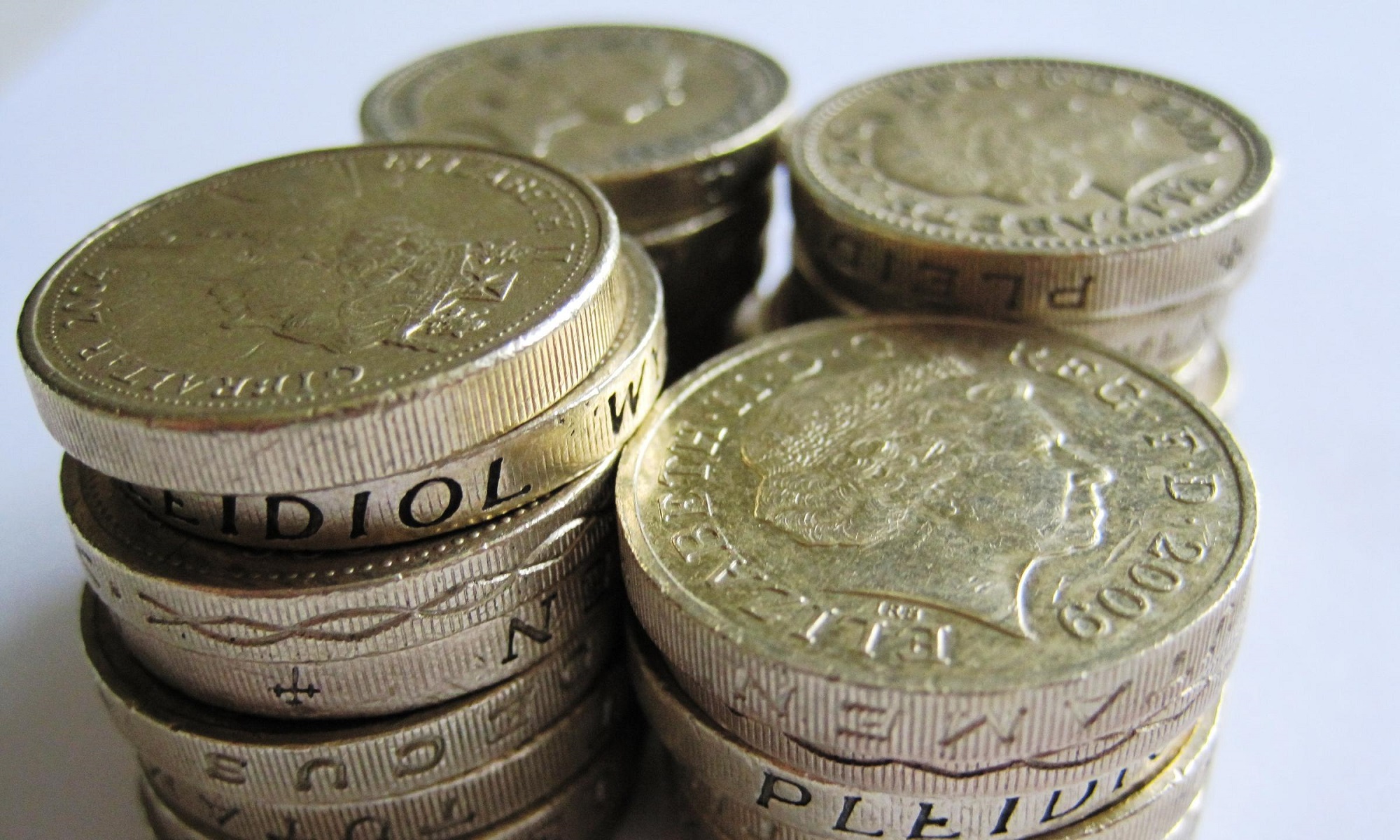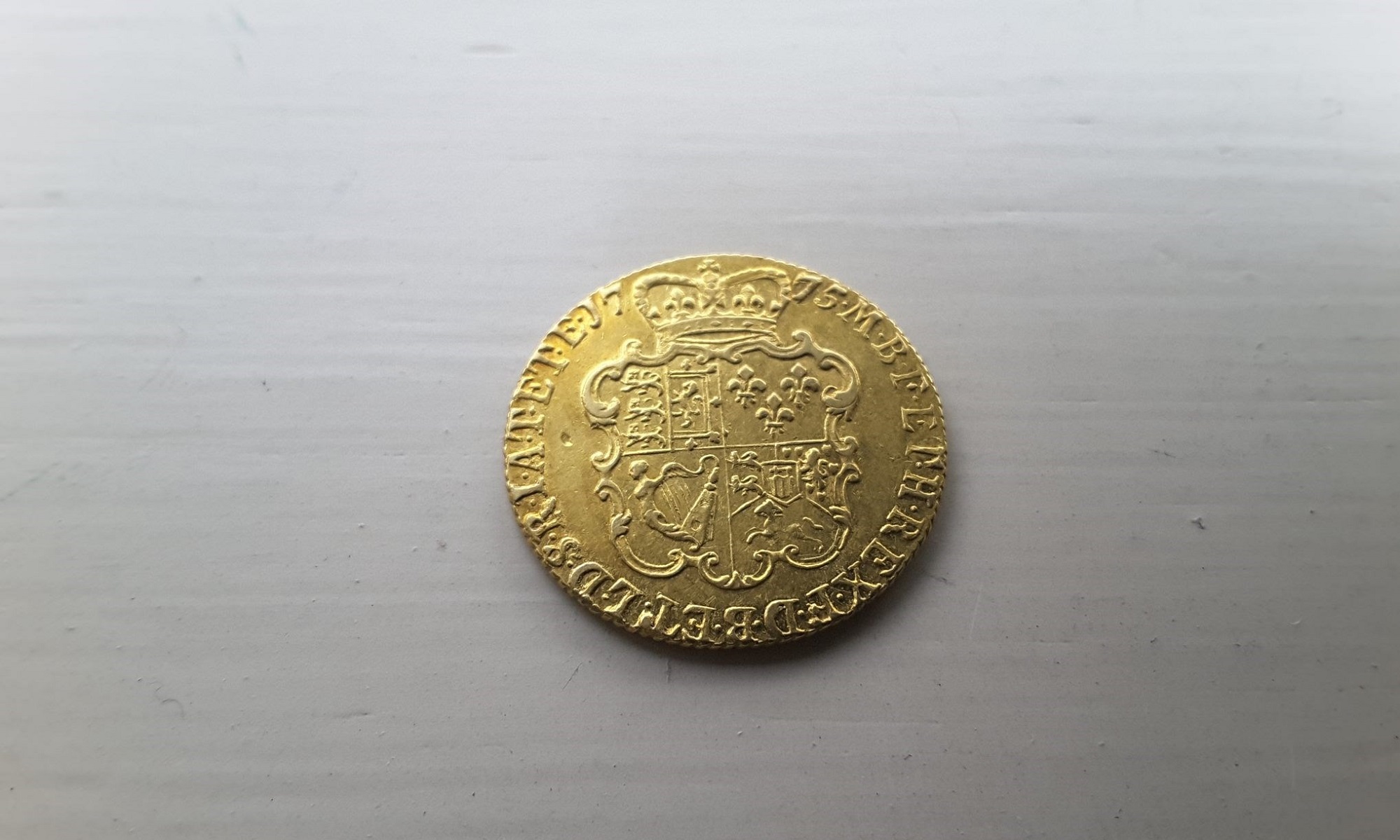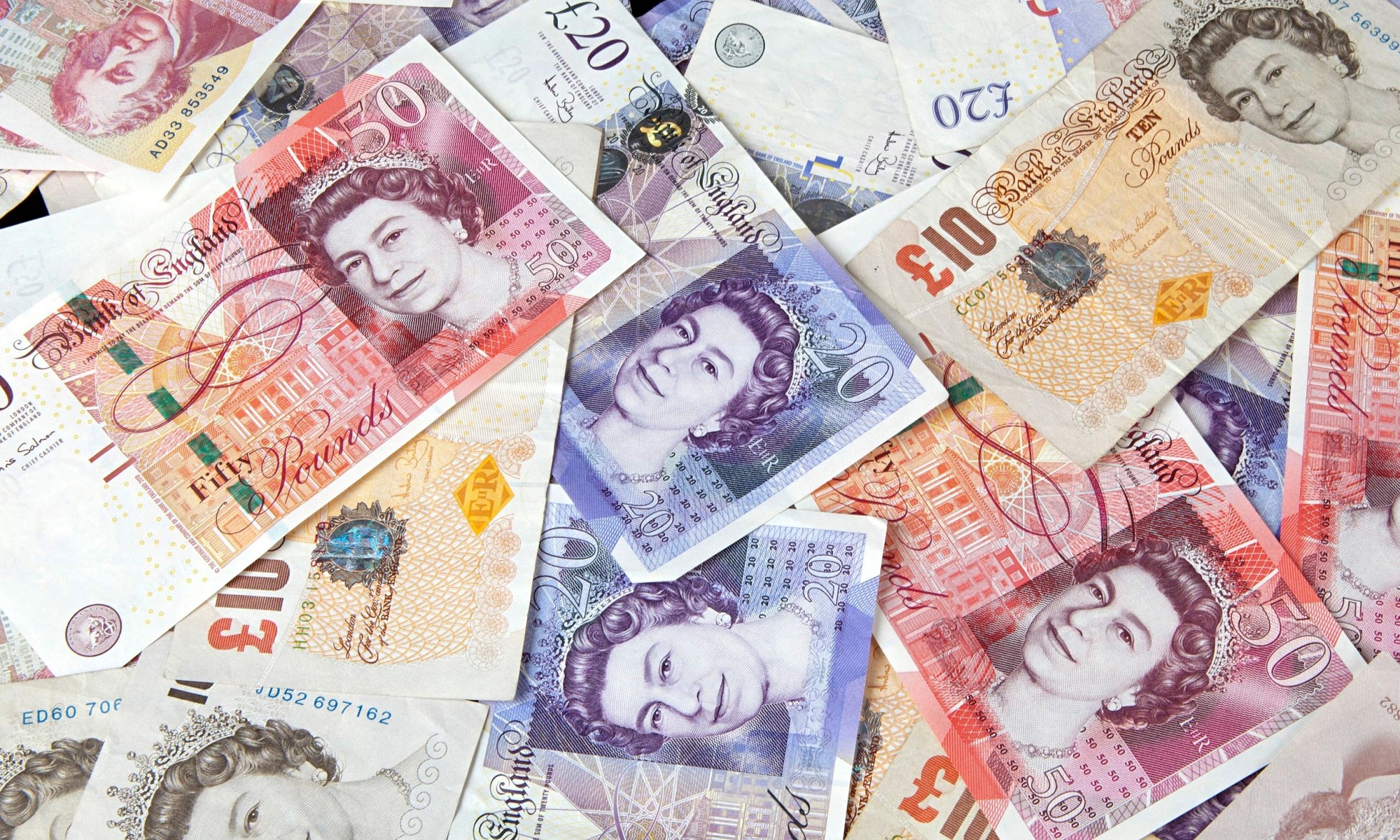
Origins
The currency of the United Kingdom has a rich history that dates back to more than 1200 years ago. Throughout its long history, this British currency has been through a lot. British Pound has its roots back in the times of the Roman era. The first use is thought to develop at about 775AD. At that time this British money was the main currency in Anglo-Saxon Kingdoms.
Its name originated from the Latin word “pounds”. In translation to English, this means “weight”. If somebody owned 240 silver pennies, they would weight one pound. Pound was a unit used as a currency in Anglo-Saxon England. Through time it developed into the modern British pound sterling. It was born when King Offa of Mercia introduced British silver coin to society. This was around years 757 – 796. The timeline below shows major events that changed and defined British Pound throughout history.
Year 928
The first King of England (Athelstan), adopted pound as the first national currency. One pound back in those times was worth 15 cows to get an estimate idea.
Year 1694
England got defeated by France’s naval forces in 1690. This event encouraged King William III to establish the Bank of England. 1.2 million sterlings were raised in 12 days. Half of this amount was used to rebuild the English navy.
Year 1717
For the first time, the value of English currency was defined in gold rather than silver. One fine ounce of gold was set at a price of 4.25 pounds. This price lasted for 200 years.
Year 1816
After the new gold coinage (the Guinea) was introduced, United Kingdom faced difficulties with different values of British coins. With silver coins going out of the country and gold coins flooding in, British Pound faced instability. In 1816, stability returned with the newly introduced golden standard. Germany was the first country to adopt this standard. This led to enormous international trades throughout whole Europe.

Year 1914
The idea behind British Pound was that a nation must back its currency in circulation with an equal value of gold reserves. United Kingdom borrowed a large amount of money during World War I. These transactions led to huge inflation during these times. Pound lost it’s value and United Kingdom suspended the gold standard.
Year 1925
Winston Churchill achieved the return of the gold standard. The rate was set at 1 pound as an equivalent to 4.86 dollars.
Year 1931
Once again, sterling lost the gold standard and its value dropped rapidly down to 3.69 dollars equivalent to one pound. Two years later United Stated devalued their currency – dollar. This was a peak point for the value of British Pound. It rose to one pound being equivalent to 5 dollars.
Year 1939
The second World War was initiated by the Prime Minister of Britain, who declared war against Germany. This new situation allowed British Pound to drop once again.
Year 1967
Crisis began throughout United Kingdom and it devastated the British economy. Sterling got devalued by more than 14%. Now the new rate was 2.4 dollars for 1 pound. Nine years later, high unemployment and inflation caused Britain to get another large loan. The value dropped even more to 1 pound being equivalent to 1.7 dollars.
Year 1979
For the first time in history, British Pound had a floating exchange rate. This means that the price of a currency is set by the Forex market based on supply and demand. The price bounced back to 2 dollars per sterling. Six years later, in 1985, dollar was depreciated and thus British Pound dropped in value.
Year 1992
When British people recognized that the value of their currency has dropped by 20%, Britain left the Exchange Rate Mechanism. This allowed British currency to recover slightly.
Year 2001
After less than ten years of recovery, pound started to lose its value. Sterling now was worth less by 20%. For 1 pound, one could buy 1.4 dollars.
Year 2008
After a famous American investment bank called Lehman Brothers was struggling, Bank of America refused to come to the rescue. Thus, the largest bankruptcy process in American history started. This event triggered a global financial crisis that scarred the value of the British Pound. Value of one pound was equivalent to 1.4 dollars.
Year 2016
British citizens voted to leave the European Union. This event was called Brexit and it allowed the British Pound to fall to the lowest price in 30 years – 1.33 dollars for 1 pound. British Parliament decided that Brexit would take place on March 29, 2019.

Year 2019
Formal separation of the United Kingdom took place. A General Election was scheduled to happen before the end of 2019. This raises concerns about the future value of a British Pound. Current value of Pound Sterling holds at about 1.3 dollars per one pound.
Only time will tell us what the future holds for the British Pound. Throughout the rich history of this currency, it’s value has been bouncing back and forth. However, British Pound remains to be the fourth most traded currency even with the ever-changing circumstances.
